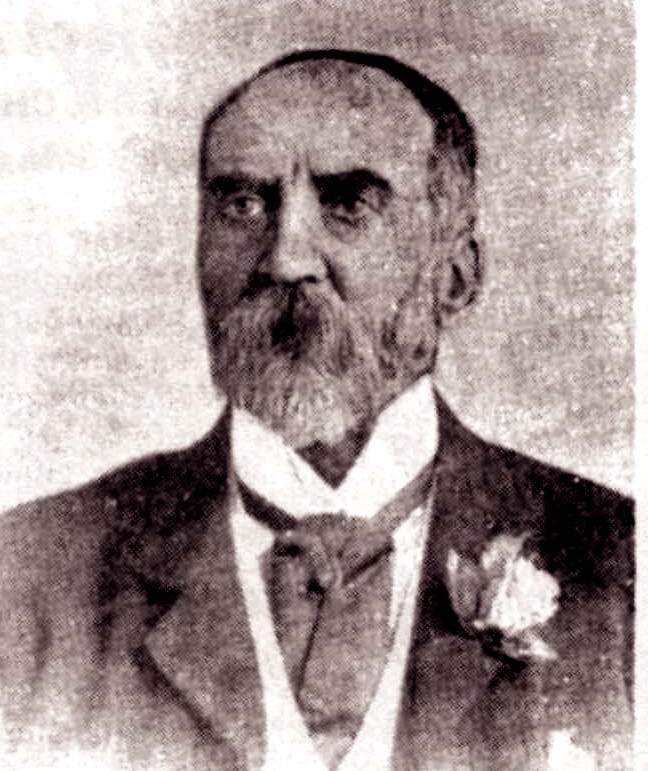by Lynn Watson

The birth place of Joseph William Ludlow was the famous haunts of William Shakespeare, Stratford-on- Avon, He was born on March 17, 1840. He grew to become the most famous of all artists specializing in pigeons. At the incredibly young age of six years his talent for art began to surface. Whenever the opportunity presented itself young Ludlow would find his way to the fields and pastures of locale. where Joseph would copy from life the cattle. the mule, the horse. the dove and the cackling hen. Drawing for the pure delight the beasts and birds of the field.
The boy grew into manhood to become known worldwide as the master pigeon artist of his time.The art of lithograph was Joseph's first occupation. The principle part of his early manhood being spent in the production of Copper and steel Print engravings. From this he rapidly graduated into the new modern methods of engravings. It would of course be impossible to discuss all of his pictures of pigeons and poultry, for there is an endless list of the champions he painted and represented as examples of perfection of standard and merit.
It was said he had the master's hand which, carried the eye of imagination beyond the common place evidence of absolute reality. It seemed inevitable with his love Of all birds that he would become a pigeon fancier. In his early teens he decided to keep a few pigeons, a decision that led to being one of the most famous fanciers of all time.
His taste in breeds ran to the oriental varieties. of which he imported many for the first time into England and western Europe. Breeds never seen before, breeds that created great amounts of interest. As an exhibitor he had few peers. For over fifty years he excelled as a prize winner at such classic shows as the Royal, the Crystal Palace. the Dairy, Bingley Hall and many of the lesser shows.
As one might expect with his eye for beauty, and skill as a breeder and showman, he was an acknowledged judge of great repute as well. His judging expertise was requested by all the local pigeon societies. His position as a judge was always of the highest.
For many years he was memberof the Birmingham Agricultural Club and the President of the Birmingham Columbarian Society. He was a member of many other clubs and pigeon societies as well. He did most of Cassell and Co.'s standard drawings on Poultry and Pigeons contained in such books as Robert Fulton's The Book Of Pigeons. Many of the fancy pigeon and poultry journals of the day contain work from his pencil and brush. There seems few faucets of the pigeon fancy that he died' not touch and in turn master. He did in 1915, during his 75th year. Although, he has been gone for 70 years his art work and his reputation lives on in a new generation of fanciers who admire the birds he brought to life on canvass
APJ October1985